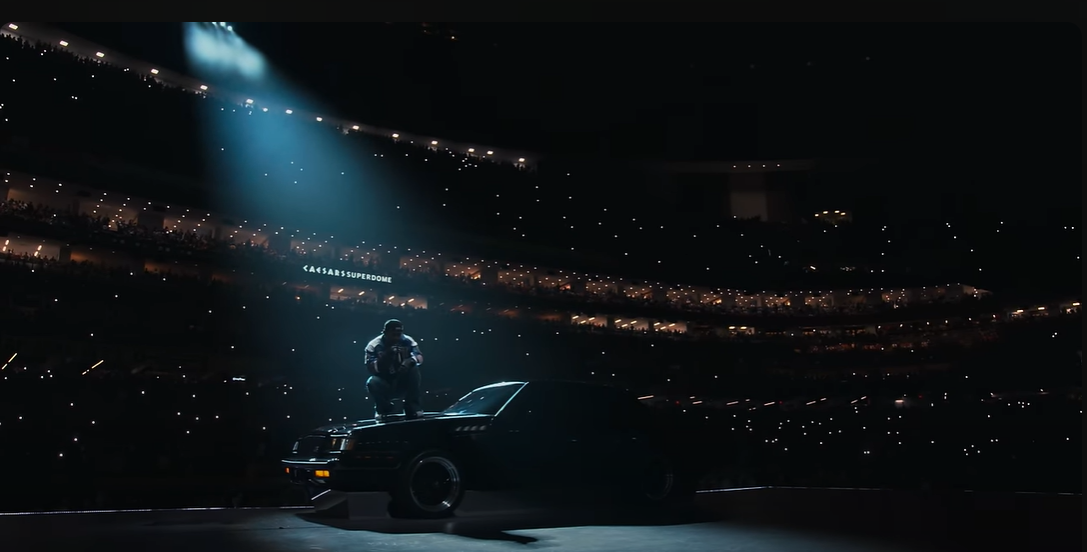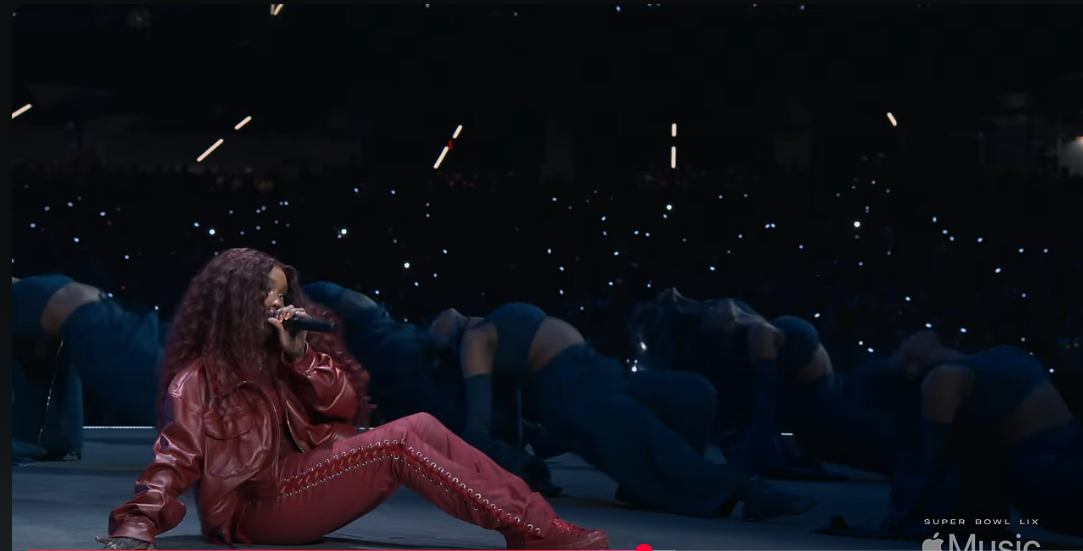Kendrick Lamar’s Super Bowl Performance: A Cultural Masterpiece of Art, Activism, and Unity
Detailed Breakdown of the Performance
Below is a structured analysis of each major scene in Lamar’s halftime performance, incorporating artistic meaning, cultural context, and correlations with his ongoing rivalry with Drake:
-
Opening Sequence: Emergence from the 1987 Buick GNX
- Symbolism: Personal significance as Lamar was born in 1987; the GNX outperformed the Ferrari F40, representing Lamar's dominance in hip-hop.
- Drake Connection: Metaphor for Lamar surpassing an industry “giant” (Drake), much like the GNX did against the Ferrari.
- Source: Motor Authority
-
Stage Design: The Giant PlayStation Controller
Playstation Motif - Symbolism: Represents the gamification of success in America and hip-hop.
- Drake Connection: Subtle jab at Drake’s frequent gaming references, framing Lamar as the one truly “in control.”
- Source: Wired
-
Samuel L. Jackson as Uncle Sam
Samuel Jackson Act as "Uncle Sam" - Symbolism: Critique of American narratives, calling for real representation.
- Drake Connection: None explicitly, but adds depth to Lamar’s overall message of authenticity.
- Source: The Atlantic
-
Performance of “HUMBLE.”: Fractured American Flag
- Symbolism: The divided flag represents societal divisions and a need for unity.
- Drake Connection: Indirect—Lamar positioning himself as a voice for true cultural representation.
- Source: AP News
-
Teasing “Not Like Us”
Yea, That Song... - Symbolism: Signals confidence in his dominance over Drake in their ongoing feud.
- Drake Connection: Direct taunt—his line about lawsuits mocks Drake’s alleged tactics.
- Source: The Independent
-
Collaboration with SZA: “All the Stars”
- Symbolism: Celebration of Black excellence and artistic unity.
- Drake Connection: SZA’s history with Drake adds an additional layer of depth to her presence.
- Source: The Independent
-
Serena Williams’ Cameo: The Crip Walk
Serena Williams - Symbolism: Cultural reclamation and acknowledgment of West Coast heritage.
- Drake Connection: Serena has a history with Drake, possibly signaling her alignment with Lamar’s side.
- Source: People
-
“Not Like Us”: Direct Address to the Camera
40 Acures and mule, it's bigger than a music
They Try to rig the game, but they can't break the influence- Symbolism: Emphasizes his superiority and confidence in hip-hop.
- Drake Connection: Staring into the camera makes his critique of Drake personal and pointed.
- Source: TalkSport
-
Mustard’s Guest Appearance: “TV Off”
- Symbolism: Highlights musical versatility and industry camaraderie.
- Drake Connection: Collaborating with Mustard might also contrast with Drake’s shifting alliances in hip-hop.
- Source: Wikipedia
-
Conclusion: “GAME OVER” Display
- Symbolism: A metaphorical mic-drop moment, signifying Lamar’s self-declared victory over Drake.
- Drake Connection: “Game Over” serves as a symbolic end to their feud—at least from Lamar’s perspective.
- Source: The Sun
Why This Performance Matters
Lamar’s Super Bowl halftime show wasn’t just a moment in music history; it was a moment in cultural history. His ability to translate deeply personal and political messages into a stadium-sized performance speaks to his power as an artist and storyteller. In a time where division is rampant, Lamar reminded us that music—when used with intention—can be a force for unity, dialogue, and change.
From his sharp stagecraft to his carefully curated lyrical choices, Lamar’s performance will be remembered as one of the most significant in Super Bowl history. It was a testament to the power of hip-hop, the importance of cultural storytelling, and the enduring impact of an artist willing to challenge the status quo.
What are your thoughts on Kendrick Lamar’s Super Bowl performance? Did it resonate with you on a deeper level? Let’s continue the conversation in the comments below!









Comments
Post a Comment